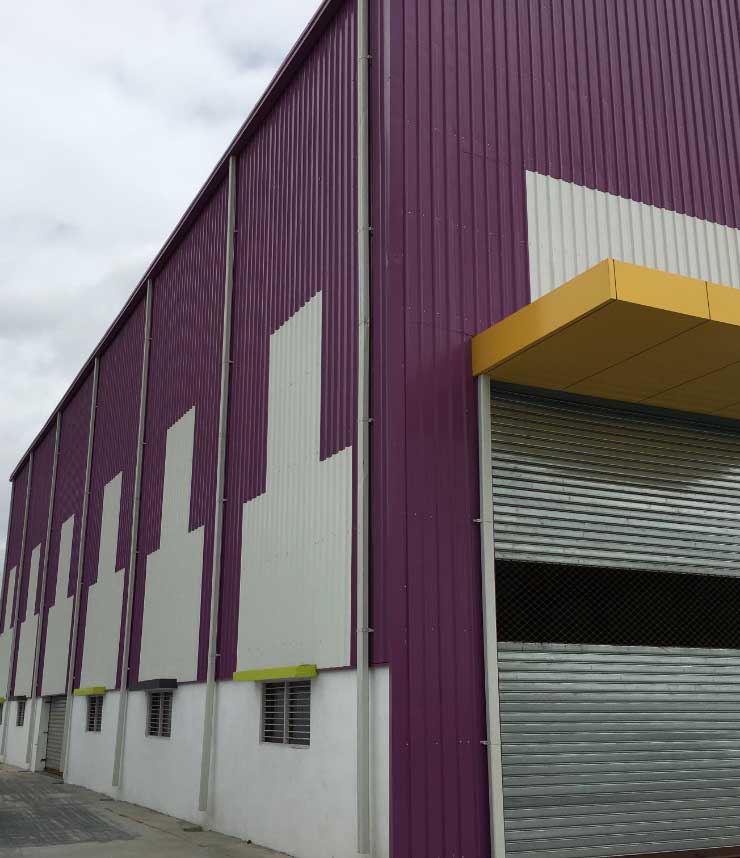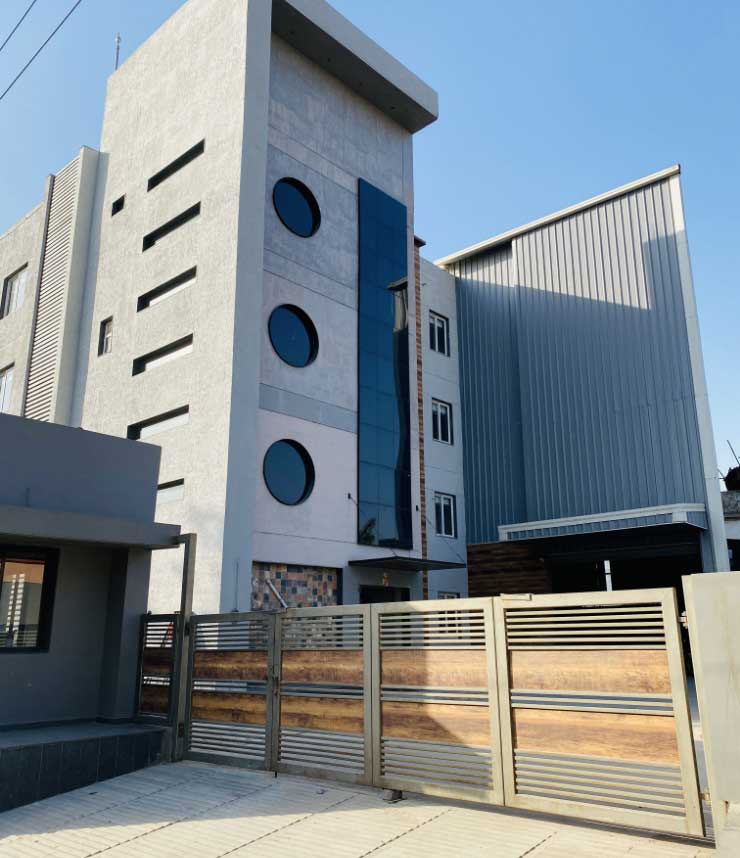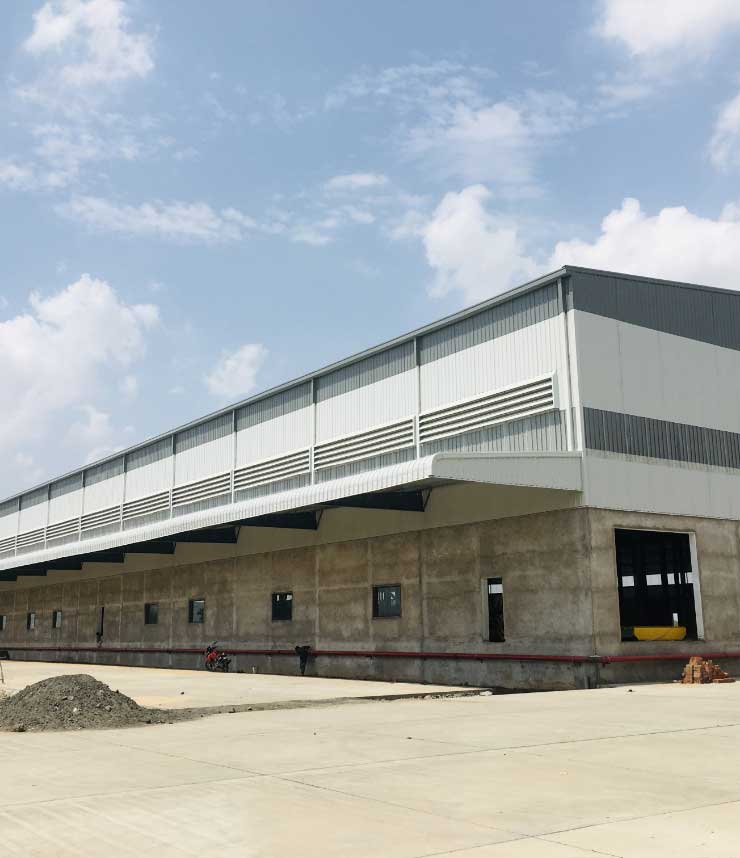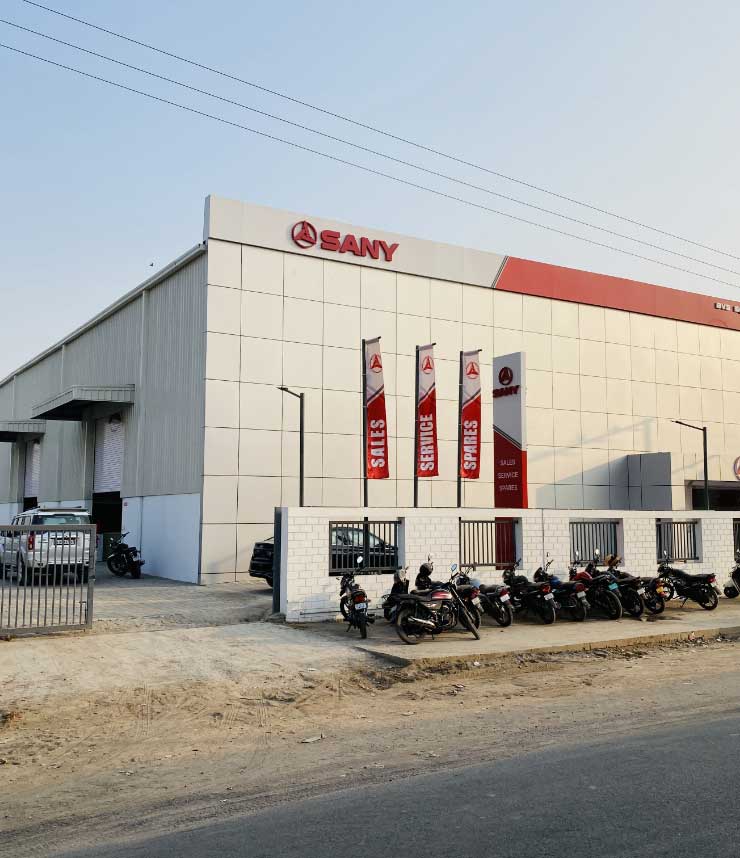Get Support
123-456-789-10
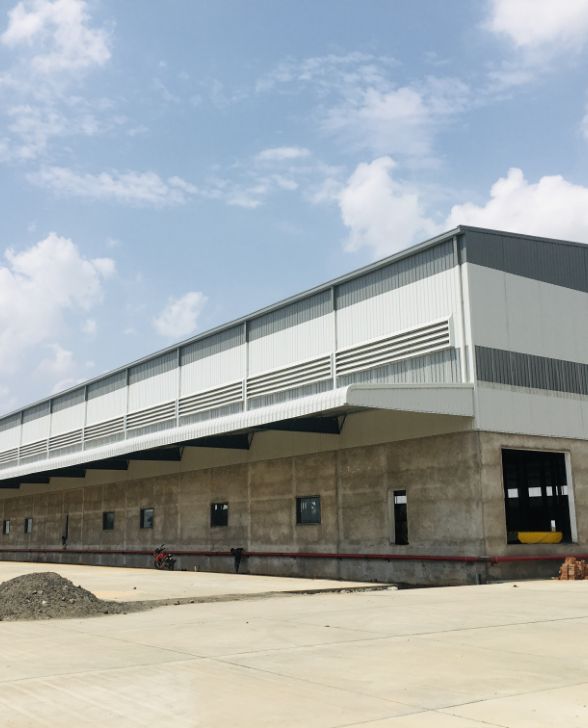
Design & Engineering
The main framing of PEB systems is analyzed by the stiffness matrix method. The design is based on allowable stress design (ASD) as per the American institute of Steel Construction specification or the IS 800.The design program provides an economic and efficient design of the main frames and allows the user to utilize the program in different modes to produce the frame design geometry, loading and the desired load combinations as specified by the building code opted by the user. The program operates through the maximum number of cycles specified to arrive at an acceptable design. The program uses the stiffness matrix method to arrive at an acceptable design. The program uses the stiffness matrix method to arrive at the solution of displacements and forces. The strain energy method is adopted to calculate the fixed end moments, stiffness and carry over factors. Numerical integration is used.
Design Cycle
The design cycle consists of the following steps:
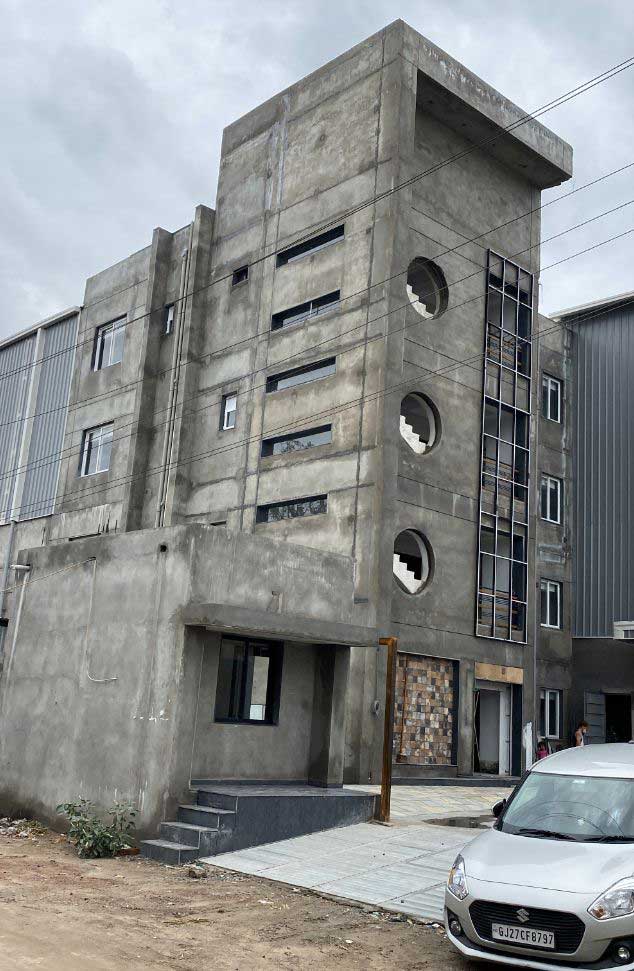
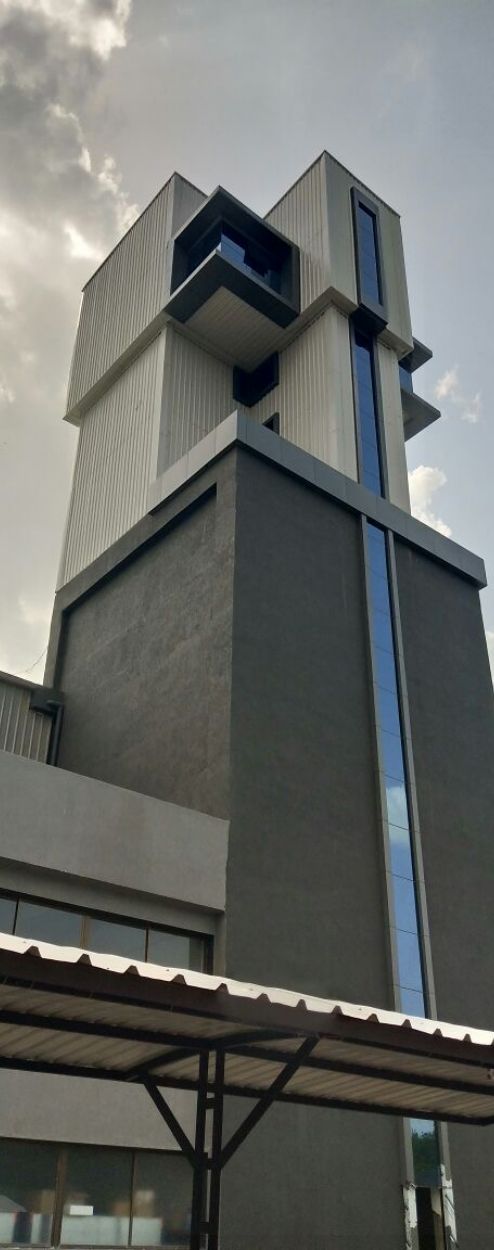
Frame Loading
Frame design can handle different types of loadings as described below:
Design Codes
Following are the main design codes generally used:
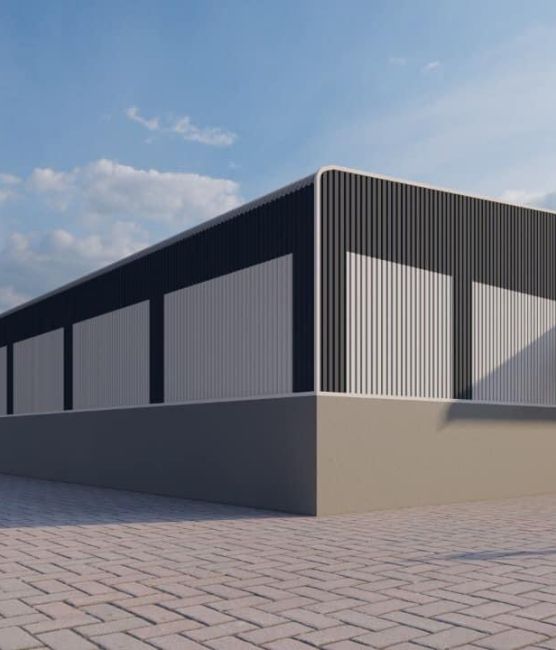
Design Criteria
Following are the main design criteria generally used:

